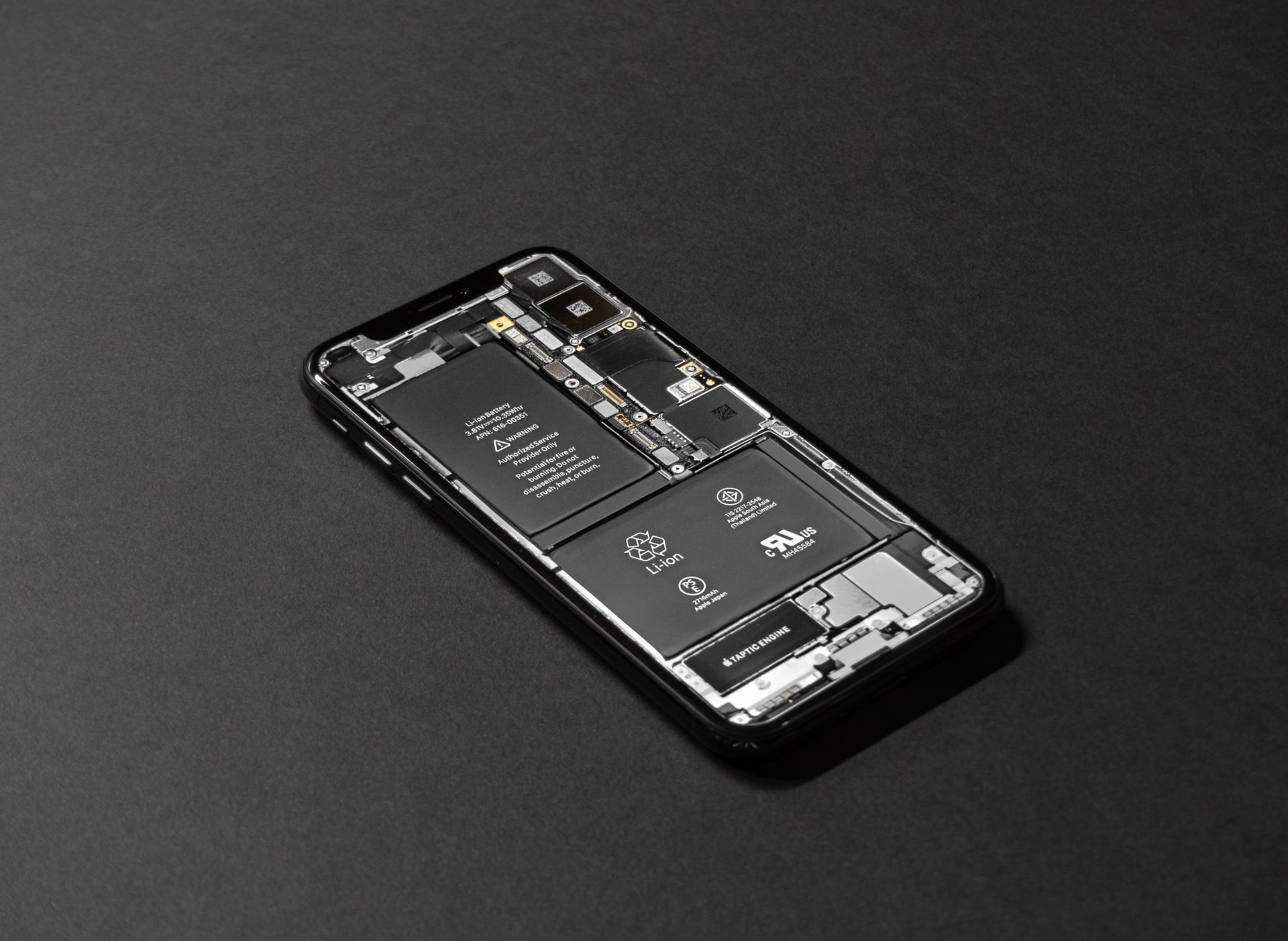Did you know that the Lithium-Ion battery market was worth over $36 billion in the USA alone in 2018?
Batteries of all kinds are essential to industries and domestic households alike. We use different types of batteries every day to power everything from mobile phones to roadgoing vehicles and more.
If you use batteries in your business, have you ever wondered what options are available? How can you educate yourself regarding the different types of batteries? Why not follow our in-depth article below to find out the answers.
Primary Batteries vs Secondary Batteries
Did you know that experts divide batteries into 2 distinct categories? Primary and Secondary batteries. What are the differences? When should you use each type?
Primary Batteries
You may know primary batteries by their other name – non-rechargeable batteries. The construction of the electrochemical cells in primary batteries does not allow for recharging. In other words, it can give an electrical charge, but it cannot receive one after use.
You may see primary batteries in many different shapes and sizes. Some examples of primary batteries are the common AA battery and coin cell batteries.
Why would you choose to use a battery that you can not reuse? Often they are used in locations where you may not want to replace the batteries – such as disposable items.
In other cases, it may be impractical to change a battery, such as in the case of a heart pace-maker. Primary batteries are used in military technology because on the battlefield changing a battery may not be an option.
In general, primary batteries will contain a high level of specific energy. Since you will only use the battery once, it is important to get as much life as reasonably possible out of it. You would choose to fit them into a system that uses energy at a low or slow rate.
Secondary Batteries
Why is it possible to re-charge secondary batteries? The secret lies in the construction of the electrochemical cells in the battery. Unlike primary batteries, after you have depleted the charge, it is possible to send voltage in a reverse direction to the cells to recharge them.
The applications of this type of battery technology are clear. There are many situations where batteries are regularly drained by constant use. Rather than disposing of the batteries, it makes sense to recharge them. An obvious example would be the battery in the device you are using to read this article.
Generally, the initial cost of secondary batteries is higher than primary batteries. However, in the long run, secondary batteries that are well cared for will prove more cost-effective.
What type of battery should you choose for your equipment? What are some common technologies available today? Why not read on as we consider some examples.
- Primary Battery: Alkaline Batteries
Alkaline batteries have historically been the technology behind the common AA battery in your TV remote control or flashlight. This type of battery is very common. It has high specific energy and is relatively cheap to produce.
They store battery power for years without major loss. Unlike some other types of batteries, you can use them on airplanes and other forms of transport.
- Secondary Battery: Nickel–Cadmium battery
Moving on to secondary (rechargeable) batteries. Our first example is the Nickel–Cadmium (Ni-Cd) battery. This battery is able to provide high discharge rates at full rated capacity. They do not easily lose power when stored and offer consistent power flow.
Ni-Cd batteries are available in different sizes. Industries use them in varied ways. You may know that Ni-Cd batteries are used in electronics and toys. However, that same technology is used on a greater scale in aircraft starting batteries and other large electric vehicles.
- Secondary Battery: Lithium-Ion Battery
The Lithium-Ion Battery (Li-ion) is the battery technology that Tesla famously uses to power its electric car range. Li-ion batteries, such as the 12v lithium ion battery, are great candidates if you need a battery that you will recharge many times.
It offers high energy density and loses little charge relative to other battery types. Often batteries are subject to the “memory effect”. This means that partially discharging and then recharging a battery’s energy will shorten the lifespan of the battery.
This “memory effect” does not exist in Li-ion batteries. This means that it will you can deplete and recharge the battery continually with little effect on its lifespan.
Along with powering Tesla vehicles, Li-ion batteries are used in medical equipment and electrical power tools.
- Secondary Battery: Lead-Acid Batteries
If you are looking for a reliable, hard-working industry-proven battery – then the Lead-acid battery is for you. This is the world’s oldest model of rechargeable battery and you have probably seen one as a starter motor in a combustion engine.
Lead-acid batteries are heavy. This means that they are generally used in equipment that is not portable. For example, one application of lead-acid batteries is the storing of energy derived from solar panels.
They do not have high energy to weight ratios. However, because of their low cost, it is possible to employ multiple batteries in a static location and achieve the power levels that you need. Lead-acid batteries may not be new technology, however, because of their dependability industries will continue to use them for some time to come.
Types of Batteries That Can Help You and More
Understanding how batteries work and what types of batteries are available is important to almost all businesses. Whether a direct power source or a back-up option, batteries can provide consistent power in a range of environments.
If you are interested in learning more about technologies that can support your business, then we are here to help. We leverage our experience in the technology industry to bring reliable guidance to our readership. Why not take a look at our feed to see how we can help you today.





